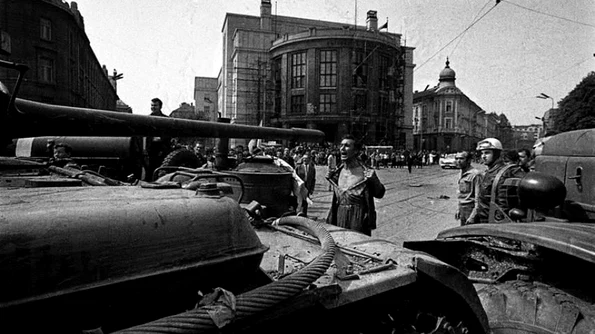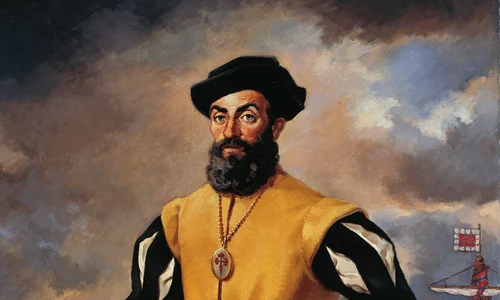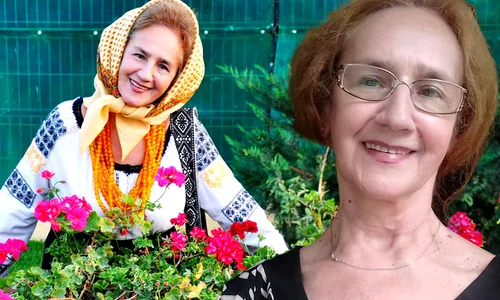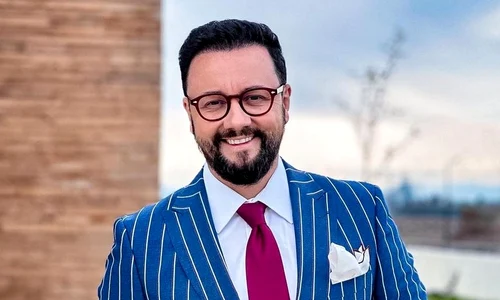
A short history of Communist Czechoslovakia (1948-1968)
Czechoslovakia represents the one exception among the countries sovietized after the war, as it was the only country in which the Communist Party enjoyed, at first, a certain legitimacy. This legitimacy would later be lost, in the 1950s, and was regained during the reformist period of Alexander Dubcek. However, after the Prague Spring was crushed under the Soviet tanks, the new communist leadership would return to a closed, ultra conservative regime that was unable to change until the very end.
Czechoslovakia was known in the interwar period as the most democratic country in Central-Eastern Europe. It was also the only country in which the Communist Party wasn’t banned;moreover, this party was considered important, respectable and, most importantly, domestic (as opposed to a simple extension of the CPSU). The Czechoslovak communists were regular participants in the democratic rule and they always received at least 10% of votes during elections. The Communist Party was banned only in 1938, during the new Nazi administration, but managed to keep its honest political image during the war.
Historian J. F. Brown has argued that the party’s postwar political position was determined by several factors:the Nazi occupation;the disenchantment with the West, caused by the Munich Agreement (in which the soviets were not directly involved, although Stalin accepted the decision made);the existence of a strong working class in Czechoslovakia, as well as a longstanding intellectual leftist tradition;the postwar prestige of the Soviet Union, untarnished by the brutality of Red Army which other countries faced;and, last but not least, the existence of a pan-Slavic ideology among the Czechs and Slovaks and the lack of the Russophobia seen, for example, in Romania or Poland.
The communists’ presence in the country’s postwar government was secured as early as 1943, when Edvard Beneš, the president exiled in London, reached an agreement with Stalin. Having realized very well what Europe will look like after the war, Beneš invited the communists to join the future postwar administration and signed a friendship and cooperation treaty with the USSR. Later, Beneš would justify his choice by saying that ‘The Red Army will be the one to free my country from the Germans. As such, in order to be able to establish my administration, Stalin is the one I have to deal with and I have done just that, in terms that don’t affect Czechoslovakia’s independence.’
The rise to power
After the war, the Communist Party will win-legitimately! – the first elections. And so Czechoslovakia becomes the only country in which a communist government was established through democratic means, without soviet involvement. The communists were also appraised for their initial moderate policies (unlike the radical steps taken, for example, in Romania), which can be explained through Stalin’s intention to present Czechoslovakia as a model of perfect cooperation between a communist party and other political groups. Unlike in Romania or Poland, where the communists forced their way to power with help from the USSR, in Czechoslovakia the soviets abstained from using violence.
The sovietization, however, was still in plan. The situation changed in 1947. During the summer, Czechoslovakia, like the other soviet-occupied countries, is forced by the soviets to deny the American financial help (through the Marshall Plan). Later, in September, during the Cominform’s inauguration meeting, the Czechoslovak communists are criticized for the moderate policies and the fact that they still hadn’t solved ‘the question of power’.
Therefore, in the last months of 1947 and the beginning of 1948, the Czechoslovak communists start forcing their way to absolute power. On February 21st1948, 12 ministers, representatives of the democratic parties, resign their offices, trying to force the fall of the Gottwald government. At the same time, the communists organize a series of demonstrations, protests and strikes all over the country, in an attempt to exaggerate the political crisis. President Beneš, intimidated by the situation, accepts the 12 resignations and accepts to form a new government with Gottwald, only this time the communists will hold the majority of offices. In theory, this rise to power was done legally, but was facilitated by the fact that the communists controlled almost the entire armed forces in the country.
After February 25th, the anticommunist press is shut down and the government starts purging the universities, sports clubs, professional organizations, military and civil services etc. In April, all large enterprises (with more than 50 employees) are nationalized, the Constitution is changed (without Beneš’s approval), followed by the agricultural collectivization and the first 5 year plan, in 1949.
Historians have noted that the Communist Party in Czechoslovakia suffered a great transformation, from the most moderate of all European communist parties to the most rigid one. After February 1948, the Czechoslovak communists became known for a combination of repression, rigidity, xenophobia and brutal purges.
A reform taken too far and its consequences
The Czechoslovak Communist Party started to change only after 1960, finally giving in to the destalinization process that had started in 1956. The reform, which was initially supported and encouraged by the soviets, would lead to one of the communist block’s greatest political crisis. In January 1968, the inflexible Antonín Novotný is replaced as General Secretary by Alexander Dubček, a Slovak communist who promised to revive the country and its economy and to regain public confidence through political, economic and social reforms.
Dubček declared the party's mission was ‘to build an advanced socialist society on sound economic foundations, a socialism that corresponds to the historical democratic traditions of Czechoslovakia, in accordance with the experience of other communist parties.’
What Dubček wanted was to create a type of ‘socialism with a human face’ and his vision enjoyed great popular support. Alexander Dubček had no intention of putting an end to the communist regime in Czechoslovakia or of breaking ties with the Soviet Union. However, the rhythm of his reforms and the radicalization of popular demands alerted the soviets, who started fearing that this ‘socialism with a human face’ was a threat to the entire socialist block and to Moscow’s strategic interests. This is why the Prague Spring ended up having the same fate as the Hungarian Revolution in 1956. On the night on 20-21stof August, the armed forces of the WTO (USSR, Bulgaria, Poland and Hungary) invaded Czechoslovakia and put an end to its liberalization process. Justified through the Brezhnev doctrine, also known as the doctrine of limited sovereignty, this invasion represents the turning point in communist history, having proven, once again, that the independence of socialist countries is nothing more than a utopia.
The rrepression that followed the soviet invasion of 1968 was less brutal than the one in Hungary. Dubček kept his political position until April 1969, when he was replaced by Gustav Husák, a conservative communist who thought the invasion had been justified. His purpose was to make sure the ideals of the Prague Spring would be quashed.
The new Husák regime used the same tactic as Janos Kadar had done in Hungary, gaining legitimacy through consumerism. It was some sort of a social contract between a society that was asked to remain passive and a regime whose message was, in the words of Timothy Garton Ash: ‘Forget 1968. Forget our democratic tradition. Forget you were ever citizens who enjoyed rights. Forget politics. In return, we will give you a safe, comfortable life. Stores will be packed with food, and pubs with cheap beer. All we ask of you is show an external, public compliance.’



















